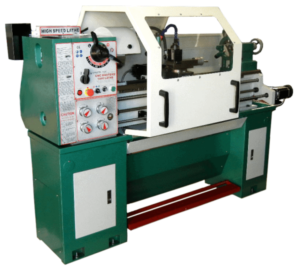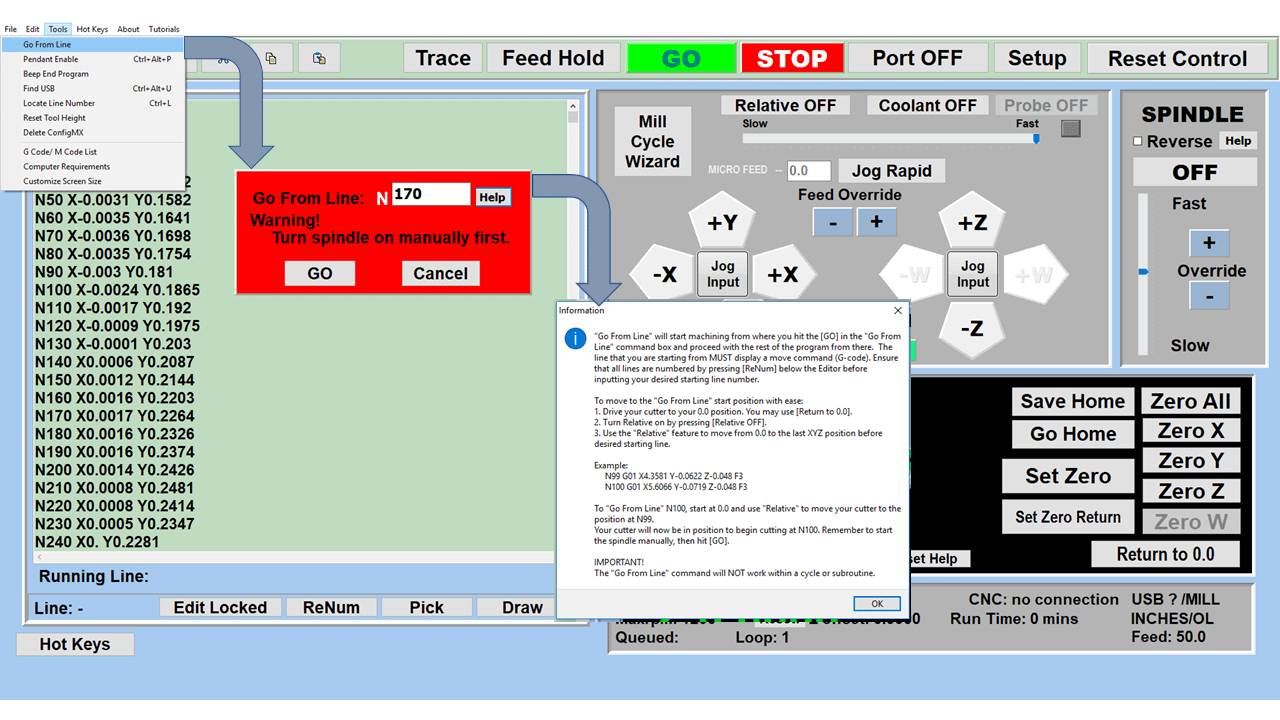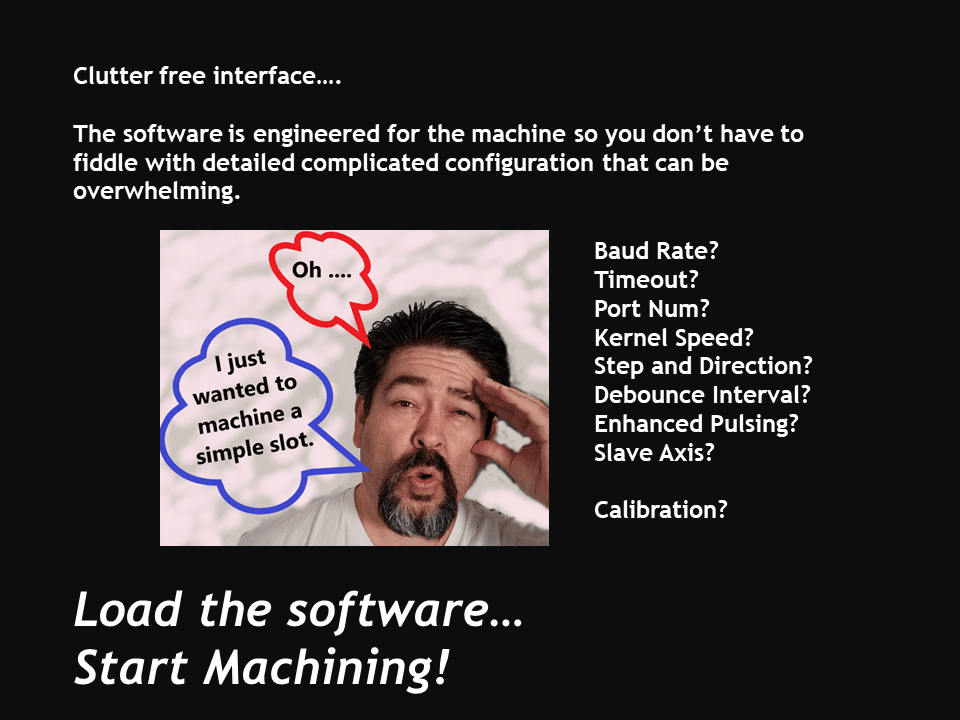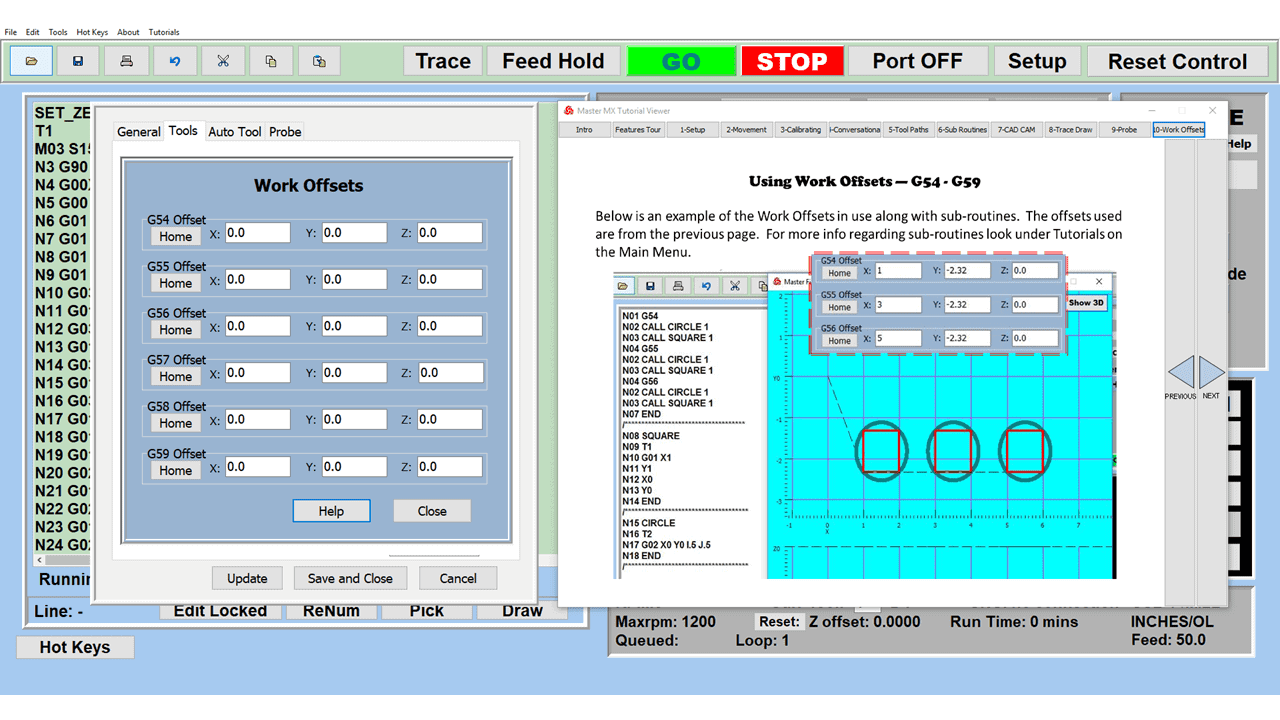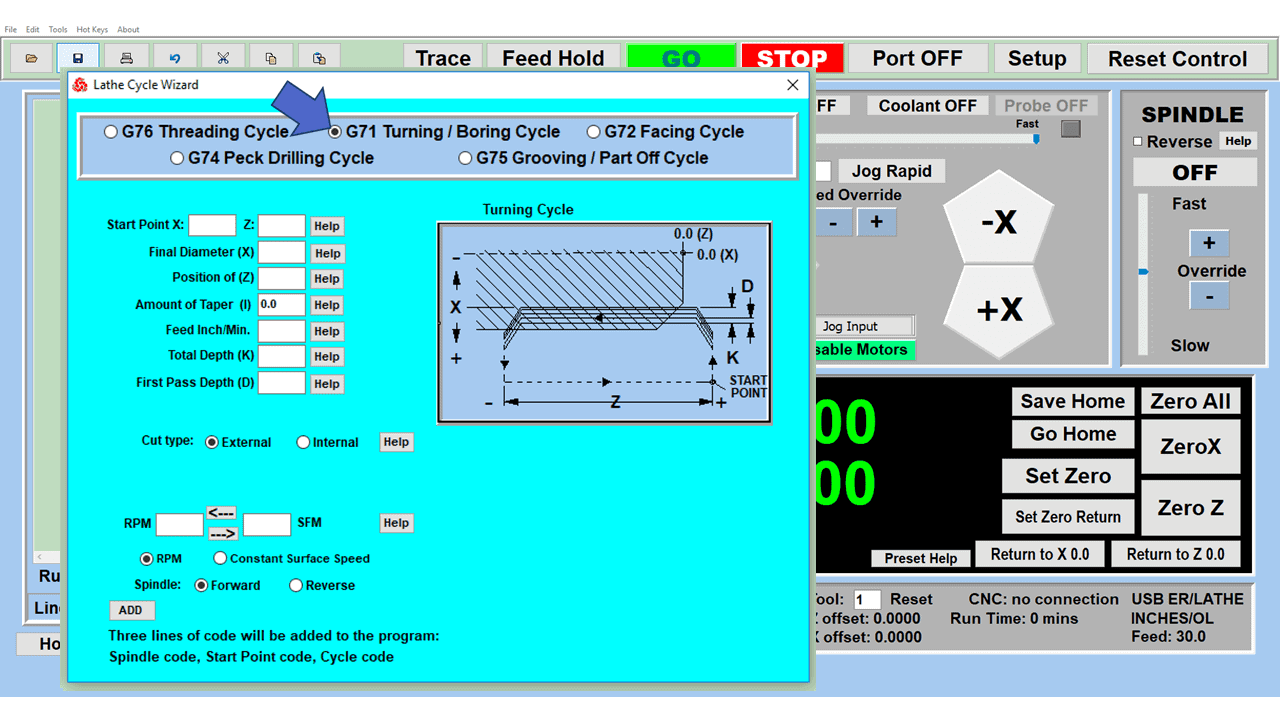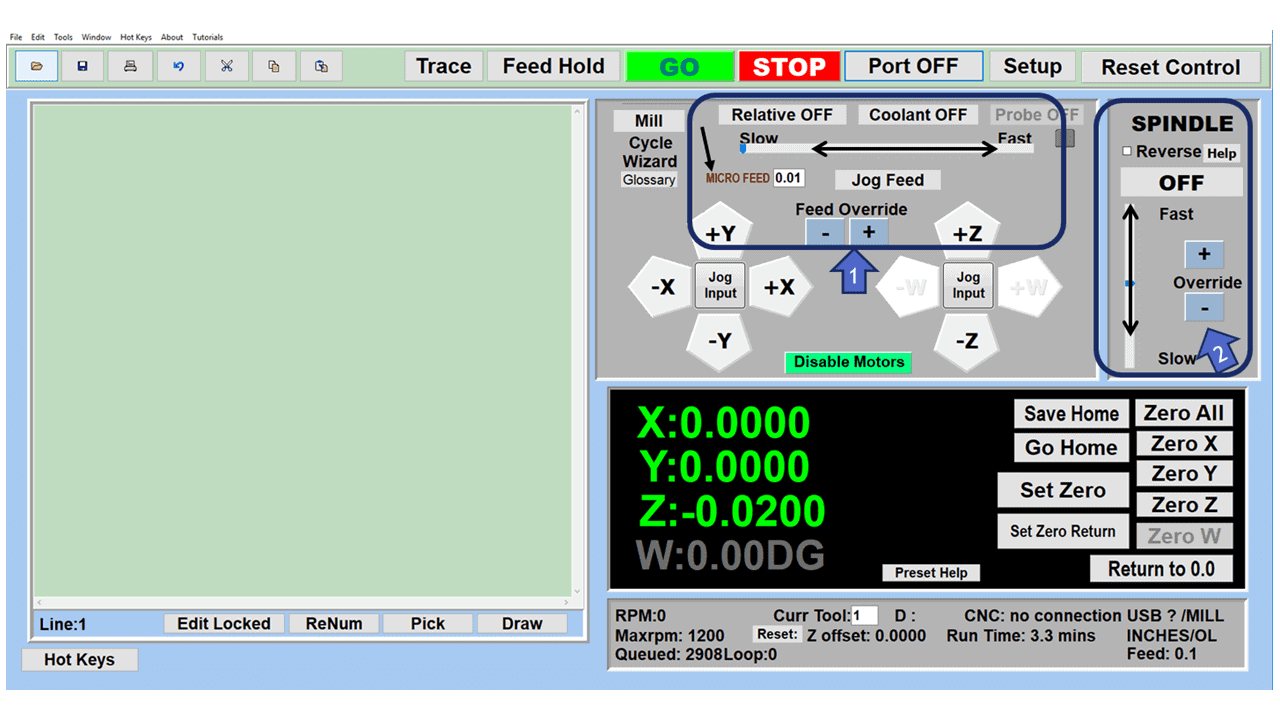What does a rotary table do?
How do rotary tables work?
What are the advantages of a rotary table for a milling machine?
What is the difference between a rotary table and a dividing head?
What should a buyer consider when purchasing a new rotary table?
A rotary table is worth the investment
Rotary tables can be an integral component of milling machines because they add significantly to the machines’ versatility and precision. Often seen as a fourth axis, they are attached to the machine’s worktable and provide the capability to cut workpieces along multiple axes. They can rotate workpieces at various speeds, accommodating a wide range of milling tasks and enabling intricate, complex designs to be machined.
Adding a rotary table to a milling machine provides several advantages to your machinists. Having another axis to work with gives milling machine users more precision and accuracy without changing part positions.
Also, an additional axis makes any milling machine more versatile. As a lathe machine enables the creation of cylindrical-shaped parts, a rotary table provides some of the same benefits. It offers more precision to a complex design, reducing time and costs for producing specific components.
Understanding the functionality and advantages of rotary tables is crucial for anyone involved in the metalworking or woodworking fields. These devices offer superior precision in milling operations and allow for efficient mass production, making them an indispensable tool in any machining setup. This article explores the intricacies of rotary tables on milling machines – and highlights their operation, benefits, and pivotal role in the broader manufacturing context.
What does a rotary table do?
A rotary table can be an invaluable asset in the milling process, offering a multitude of uses that enhance accuracy, versatility, and efficiency. It enables precise machining of complex parts by rotating the workpiece at fixed intervals to machine multiple sides without manually repositioning the piece, ensuring precision and uniformity.
Operates horizontally and vertically
Part of the rotary table’s versatility lies in its capacity to be used horizontally and vertically, paving the way for various applications in various fields. When used horizontally, it offers a stable platform for machining radii and angles, while the vertical rotary table can be used with an indexing plate for precise machining of gears or to drill bolt hole circles around the circumference of a component or part. This dual horizontal & vertical orientation usage not only maximizes space, but also enhances productivity and creativity.
Allows for creation of larger parts
Also, the milling rotary table permits the creation of larger parts that would otherwise be impossible to produce on a standard milling machine. Through indexing, machinists can cut large-diameter components such as oversized wheels and gears with unparalleled precision. Using the rotary table in a horizontal orientation even allows machining large diameters on smaller machine tools.
Machines complex and intricate parts more easily
In addition to machining complex parts, the rotary table can create intricate patterns made possible by moving the table at precise angles or increments. For example, creating gear teeth requires precise, angular cuts, accomplished easily with a rotary table.
Creates accurate circular features
Furthermore, the rotary table can drill equidistant holes on a circular path. This operation, otherwise difficult to accomplish, is done smoothly with the help of a rotary table, which accurately positions the workpiece for the drilling operation.
Rotating the workpiece against a cutting tool allows shops to use it to cut perfect arcs and circles. This capability proves particularly useful in industries such as automobile and aerospace, where parts often require accurate circular features.
Additionally, the use of a rotary table in milling extends to the creation of spiral features. By coordinating the movements of the milling machine and the rotary table, companies can produce spiral features such as the threads of a screw.
A precision rotary table on a milling machine serves as a versatile tool that enhances the capabilities of the milling process. It provides the means to machine complex pieces, large parts, intricate patterns, equidistant holes, arcs, circles, and helical features with precision, thereby broadening the scope of possible applications of a manual or CNC milling machine.
How do rotary tables work?
Many rotary tables are manually operated, although tables under the control of CNC machines also offer a fourth axis to CNC mills. Rotary tables have a heavy-duty base that allows clamping onto another table or fixture. The table on which the workpiece is clamped is precision machined, and T-slots are typically provided for workholding purposes.
Rotary tables are typically mounted flat, meaning the table rotates around a vertical axis. It can also be positioned on its end to rotate about a horizontal axis.
A through hole, machined in the table’s center, allows for a Morse taper arbor, center, or fixture. Many models can accommodate a 3-jaw chuck for even more convenient part holding. The table rotates freely to enable indexing, and a worm or handwheel controls it. High-precision tables come with duplex worms to compensate for backlash.
What are the advantages of a rotary table for a milling machine?
Rotary tables on milling machines offer a multitude of benefits:
- Versatility: They allow for a wider array of machining operations, including drilling holes at equal intervals, cutting complex curves, or machining irregular shapes.
- Precision: Rotary tables provide the ability to work with a high degree of precision and repeatability, ensuring high quality of the final product.
- Flexibility: They can be used both vertically and horizontally, providing flexibility in completing different types of jobs.
- Time-Efficiency: By automating the rotation of the workpiece, they save time and potentially reduce operator errors.
- Cost-Effectiveness: Despite the initial investment, the enhanced capabilities and time efficiencies can lead to overall cost savings in the long run.
What is the difference between a rotary table and a dividing head?
A rotary table and a dividing head serve different purposes. A rotary table allows the operator to rotate the workpiece around a vertical or horizontal axis. This feature is handy for milling radial arcs and complex, multi-angle, precision work.
On the other hand, a dividing head, also known as a spiral head, is more specialized. It allows a workpiece to be rotated to any specified angle and divided into equal parts for tasks like gear cutting, creating flutes in twist drills, or cutting helical paths. While both devices provide rotational capabilities, the dividing head offers more precision and versatility for complex tasks.
What should a buyer consider when purchasing a new rotary table?
Here are a few considerations as you shop for a rotary table:
Put a three-jaw chuck at the top your purchasing “wish list”
Similar to a lathe chuck, a three-jaw chuck is an essential component of a rotary table because it securely holds and rotates the workpiece. The three jaws, evenly spaced 120 degrees apart, move simultaneously and radially inward or outward. Turning the chuck key actuates a scroll plate, which drives the jaws. As the jaws converge towards the center, they grip the workpiece.
Invest in a tilting rotary table
Investing in an adjustable tilting rotary table for your milling machine can significantly amplify its versatility, improving productivity and efficiency. The tilting feature enables the operator to mill at various angles without repositioning the workpiece, which can be particularly beneficial for complex multi-angle machining tasks. Moreover, a tilting rotary table can enhance precision and save time by providing the capacity to hold the workpiece in place during machining. It’s an invaluable tool for streamlining operations and maximizing the potential of your milling machine.
Purchase a tailstock for machining long pieces
Although you won’t need a tailstock for every job, it is necessary when machining long, thin pieces with the rotary table in a vertical position. It can help prevent these parts from vibrating during machining, and it secures parts to prevent dislodging.
Include a set of dividing plates
Dividing plates, in conjunction with a rotary table, enable accurate rotation of a workpiece to specific angular positions. Machinists can create various shapes, gears, or objects with angular features by using two dividing plates capable of up to 100 positions.
Chose a low-profile model
A low-profile rotary table provides several distinct advantages in precision machining applications. Its slim design minimizes the distance between the workpiece and the table surface, reducing the potential for deflection, vibration, and inaccuracies during machining. The low profile design allows for greater workpiece clearance, allowing larger parts or complex setups. Also, low-profile rotary tables are often lighter and more compact, making them ideal for use in space-constrained environments.
Check the table’s gear ratio
The gear ratio of a rotary table is critical as it directly influences the table’s speed and torque. A higher gear ratio implies that the table will rotate slower but with greater torque, making it ideal for tasks requiring significant force. Conversely, a lower gear ratio means the table will rotate faster but with less torque, suitable for functions that value speed over power. For example, a 1:90 gear ratio means one handle rotation turns the table four degrees.
Buy your rotary table from a reputable manufacturer
Several manufacturers produce excellent rotary tables. For example, CNC Masters, Vertex, and Vevor have earned reputations for reliability, reasonable price tags, and decent warranties. CNC Masters offers a great 4th axis rotary table. It features a 6″ diameter table, three T-slots to secure a front mount jaw, a Morse taper center sleeve size #2 to secure a jaw with a Morse taper center shaft, and it’s 4″ from the center sleeve to the base of the rotary table.
A rotary table is worth the investment
Depending on your work type, a rotary table can be an indispensable component of the milling machine because it provides the capability to achieve precise and complex machining tasks. Their ability to rotate workpieces at various angles and indices ensures high accuracy and efficiency, enhancing the versatility of milling operations. Therefore, investing in a high-quality rotary table is a prudent decision that will significantly increase the performance and productivity of your milling operations.

